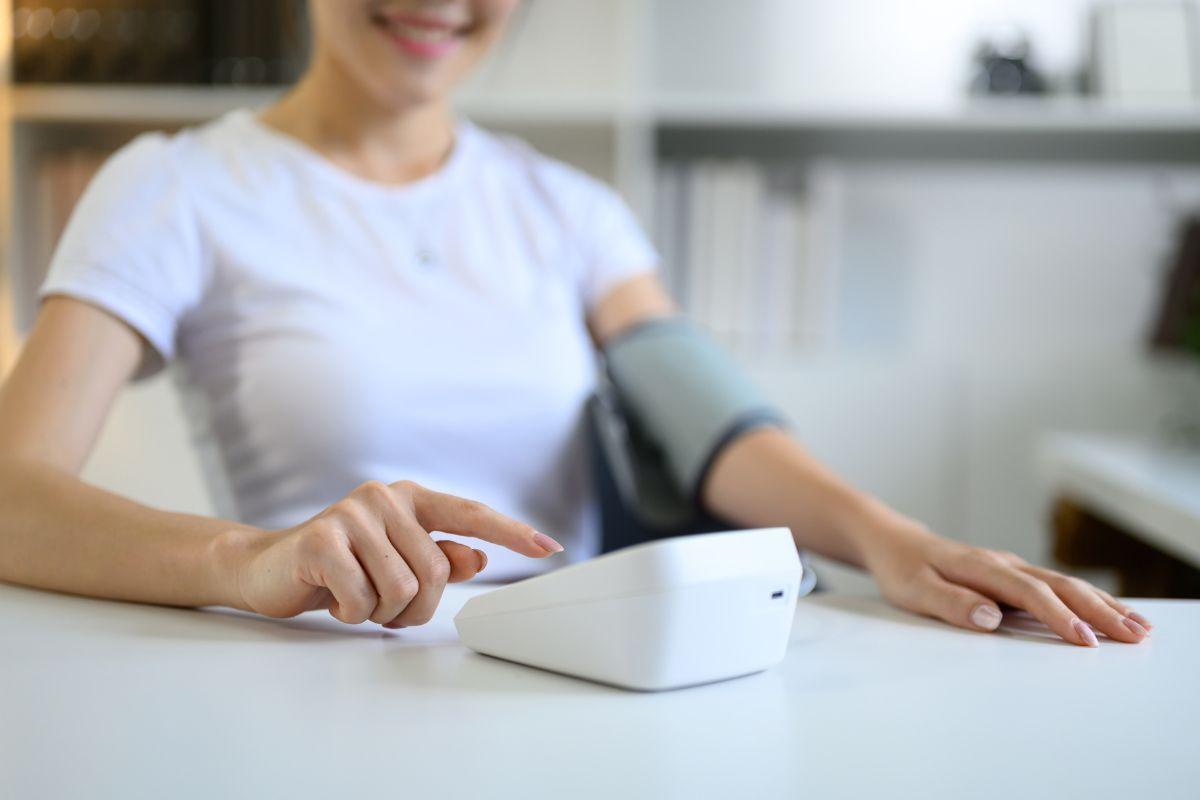High blood pressure or hypertension is one of the most common health conditions worldwide, yet it often goes unnoticed because it rarely causes symptoms. Many people only discover they have high blood pressure after it’s been affecting their heart or circulation for years.
The reassuring news is that checking your blood pressure at home is simple, accurate, and can make a real difference to your long-term health. Home monitoring helps you understand your readings, spot early warning signs, and work closely with your GP to prevent complications.
Through Doctify, patients can easily connect with trusted GPs who specialise in hypertension management and can guide you in interpreting your results and choosing the right treatment plan.
Why blood pressure monitoring matters
High blood pressure puts extra strain on your heart and blood vessels, increasing the risk of heart disease, stroke, kidney damage, and other serious complications. The challenge is that most people with hypertension feel completely fine — earning it the nickname the silent killer.
That’s why regular checks are essential. One-off readings at a clinic can sometimes be misleading due to “white coat” hypertension, where anxiety during an appointment temporarily raises your blood pressure. Measuring at home gives a clearer, more accurate picture of your everyday levels.
What counts as a normal blood pressure reading
Blood pressure is measured as two numbers — systolic (the pressure when the heart beats) over diastolic (the pressure when the heart relaxes).
As a general guide:
- Normal: below 120/80 mmHg
- High-normal: 120–139/80–89 mmHg
- Hypertension: 140/90 mmHg or above (confirmed across multiple readings)
GPs often use home readings alongside clinic measurements to confirm a diagnosis or assess how well treatment is working.
Benefits of checking blood pressure at home
Home blood pressure monitoring empowers you to take control of your health. Regular checks can:
- Increase awareness of your cardiovascular health and highlight trends early.
- Show how lifestyle changes or medications are affecting your readings.
- Detect hidden hypertension that might not show up in a clinic visit.
- Support early intervention before serious complications develop.
Even small improvements in blood pressure can dramatically lower your risk of future heart or kidney problems.
How to measure your blood pressure at home
Measuring blood pressure at home is straightforward, but accuracy depends on good technique. Use a validated home monitor, ideally one with an upper arm cuff rather than a wrist device.
Before you measure, sit quietly for at least five minutes in a comfortable position with your arm supported at heart level. Avoid caffeine, smoking, or exercise for 30 minutes beforehand.
Take two readings, one minute apart, both in the morning and evening for several days, then calculate an average. Keeping a log or using a digital health app helps track results over time and makes it easier to share them with your GP.
When to see a GP about your readings
If your average home readings are consistently 135/85 mmHg or higher, it’s time to speak with your doctor. You should also seek medical advice if you experience symptoms such as dizziness, persistent headaches, chest pain, or blurred vision.
Your GP may confirm the findings with clinic measurements or additional tests and, if needed, recommend medication or lifestyle adjustments to help bring your blood pressure under control.
How GP’s use home monitoring data
Home readings give doctors valuable insights into your blood pressure throughout the day — not just during appointments. This helps tailor treatment plans, adjust medication doses, and identify patterns such as:
- Masked hypertension, where clinic readings are normal but home readings are high.
- White coat hypertension, where pressure is elevated only in medical settings.
Over time, consistent home monitoring reduces the risk of complications and helps avoid unnecessary hospital visits.
Tips for managing blood pressure day-to-day
Lifestyle changes are key to maintaining healthy blood pressure.
- Eat well: reduce salt intake and eat more fruits, vegetables, and whole grains.
- Stay active: aim for at least 30 minutes of moderate exercise most days.
- Limit alcohol and quit smoking.
- Manage stress: relaxation, mindfulness, or breathing exercises can all help.
These small daily habits work hand in hand with home monitoring to support long-term heart health.
When home monitoring isn’t enough
In some cases, your GP or cardiologist may recommend 24-hour ambulatory blood pressure monitoring (ABPM). This involves wearing a portable device that records your blood pressure throughout the day and night, providing a detailed picture of your cardiovascular profile. It’s often used when home readings are inconsistent or a diagnosis remains unclear.
Conclusion
Home blood pressure monitoring is one of the simplest and most effective ways to protect your heart health. It allows early detection of hypertension, supports better collaboration with your GP, and helps track the impact of treatment or lifestyle changes over time.
If you’re unsure how to start or need help interpreting your readings, book an appointment with a verified GP through Doctify. Expert guidance ensures your blood pressure is managed safely and effectively — helping you take control of your long-term wellbeing.
Find the right specialist for you. Doctify uses verified reviews so you can make the best decision for your healthcare.

Find the best General Practitioners in the United Kingdom, or search for trusted experts globally:
- General Practitioners in Ireland
- General Practitioners in Australia
- General Practitioners in the United Arab Emirates
- General Practitioners in Germany
Medically Reviewed
Last reviewed on 21/10/2025




